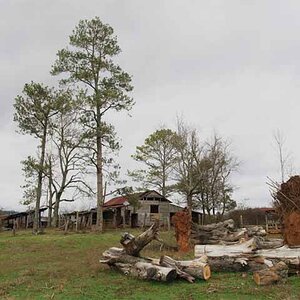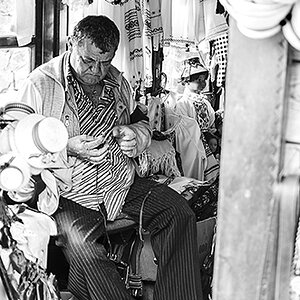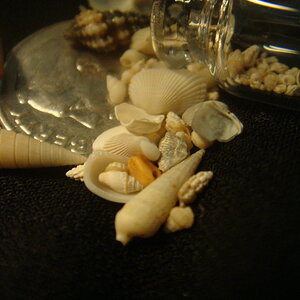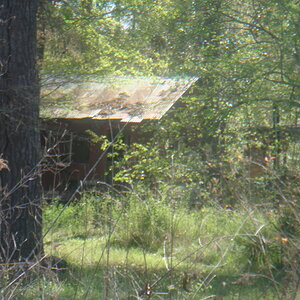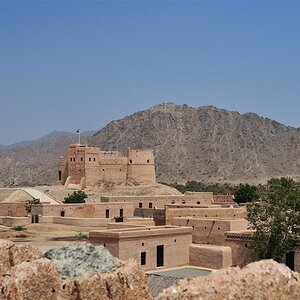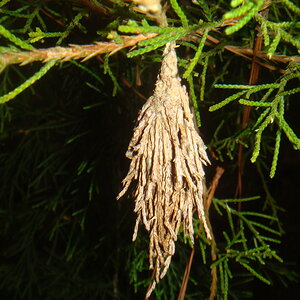Esprever
TPF Noob!
- Joined
- Nov 28, 2017
- Messages
- 4
- Reaction score
- 1
- Can others edit my Photos
- Photos OK to edit
Hello everyone.
I'm super new for that, and I would need a help from more experts eyes than mine.
Today I roamed the street and took a look at Christmas market. I tried to take pictures, but I think I don't understand the settings of a good street/landscape pictures.
I took 4 pictures of the same places, trying to play with the ISO, exposure and white balance...
But the only thing I changed was the colour of the pictures. I really wanted a good focus, on the tree in background, or on the first plan, or idk, an interesting picture.
Anytime Im changing ISO, nothing changes. Why so? Shouldn't it be, paired with exposure, a main change in scenes ?
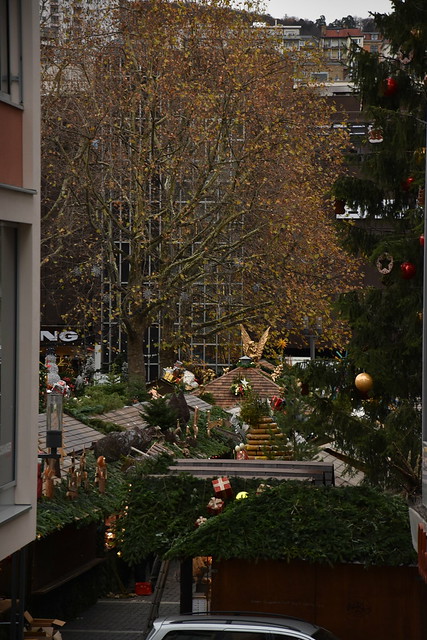 DSC_0143 by Adele Dunant, sur Flickr
DSC_0143 by Adele Dunant, sur Flickr
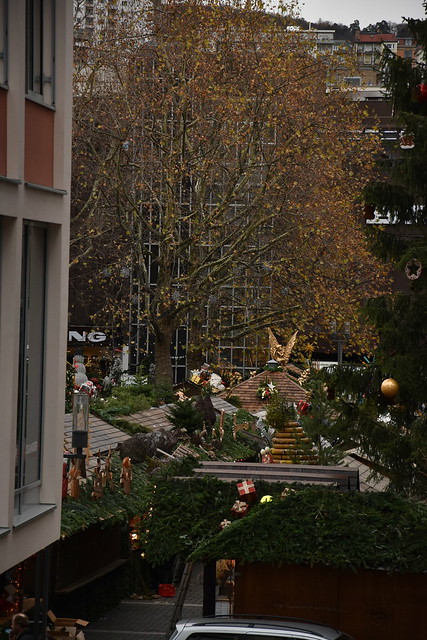 DSC_0142 by Adele Dunant, sur Flickr
DSC_0142 by Adele Dunant, sur Flickr
 DSC_0141 by Adele Dunant, sur Flickr
DSC_0141 by Adele Dunant, sur Flickr
 DSC_0140 by Adele Dunant, sur Flickr
DSC_0140 by Adele Dunant, sur Flickr
Also, I tried a nice picture on super kitch christmas decorations. I wanted to have the focus on the dolls in the first plan, but, I guess it went somewhere in the pine. I moved the focused place with the multi selector in my menu, it should have been done on the trompette of one doll.
 whereisfocuse by Adele Dunant, sur Flickr
whereisfocuse by Adele Dunant, sur Flickr
I have a Nikon D3400 and a 18-105mm lens.
I'm using P mode most of the time, playing a lot with white balance (it was cloudy/rainy day).
I only change time exposure, ISO and the place of focus. When it bothers me I focus manually, but it's not better :' )
I'm super new for that, and I would need a help from more experts eyes than mine.
Today I roamed the street and took a look at Christmas market. I tried to take pictures, but I think I don't understand the settings of a good street/landscape pictures.
I took 4 pictures of the same places, trying to play with the ISO, exposure and white balance...
But the only thing I changed was the colour of the pictures. I really wanted a good focus, on the tree in background, or on the first plan, or idk, an interesting picture.
Anytime Im changing ISO, nothing changes. Why so? Shouldn't it be, paired with exposure, a main change in scenes ?
 DSC_0143 by Adele Dunant, sur Flickr
DSC_0143 by Adele Dunant, sur Flickr DSC_0142 by Adele Dunant, sur Flickr
DSC_0142 by Adele Dunant, sur Flickr DSC_0141 by Adele Dunant, sur Flickr
DSC_0141 by Adele Dunant, sur Flickr DSC_0140 by Adele Dunant, sur Flickr
DSC_0140 by Adele Dunant, sur FlickrAlso, I tried a nice picture on super kitch christmas decorations. I wanted to have the focus on the dolls in the first plan, but, I guess it went somewhere in the pine. I moved the focused place with the multi selector in my menu, it should have been done on the trompette of one doll.
 whereisfocuse by Adele Dunant, sur Flickr
whereisfocuse by Adele Dunant, sur FlickrI have a Nikon D3400 and a 18-105mm lens.
I'm using P mode most of the time, playing a lot with white balance (it was cloudy/rainy day).
I only change time exposure, ISO and the place of focus. When it bothers me I focus manually, but it's not better :' )


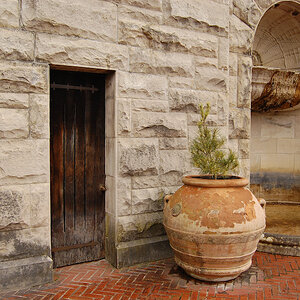
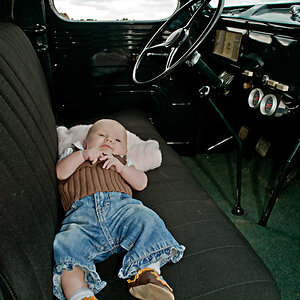
![[No title]](/data/xfmg/thumbnail/41/41819-f9479f2ecfaf8e9491a13a92e02e640a.jpg?1619739903)
